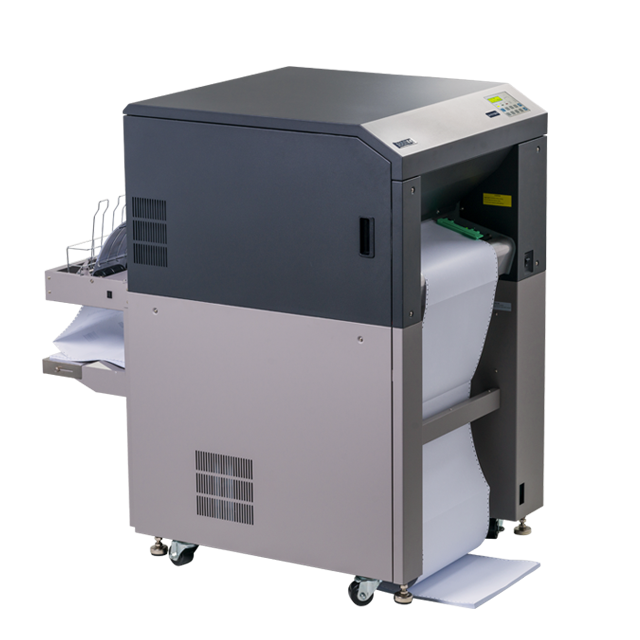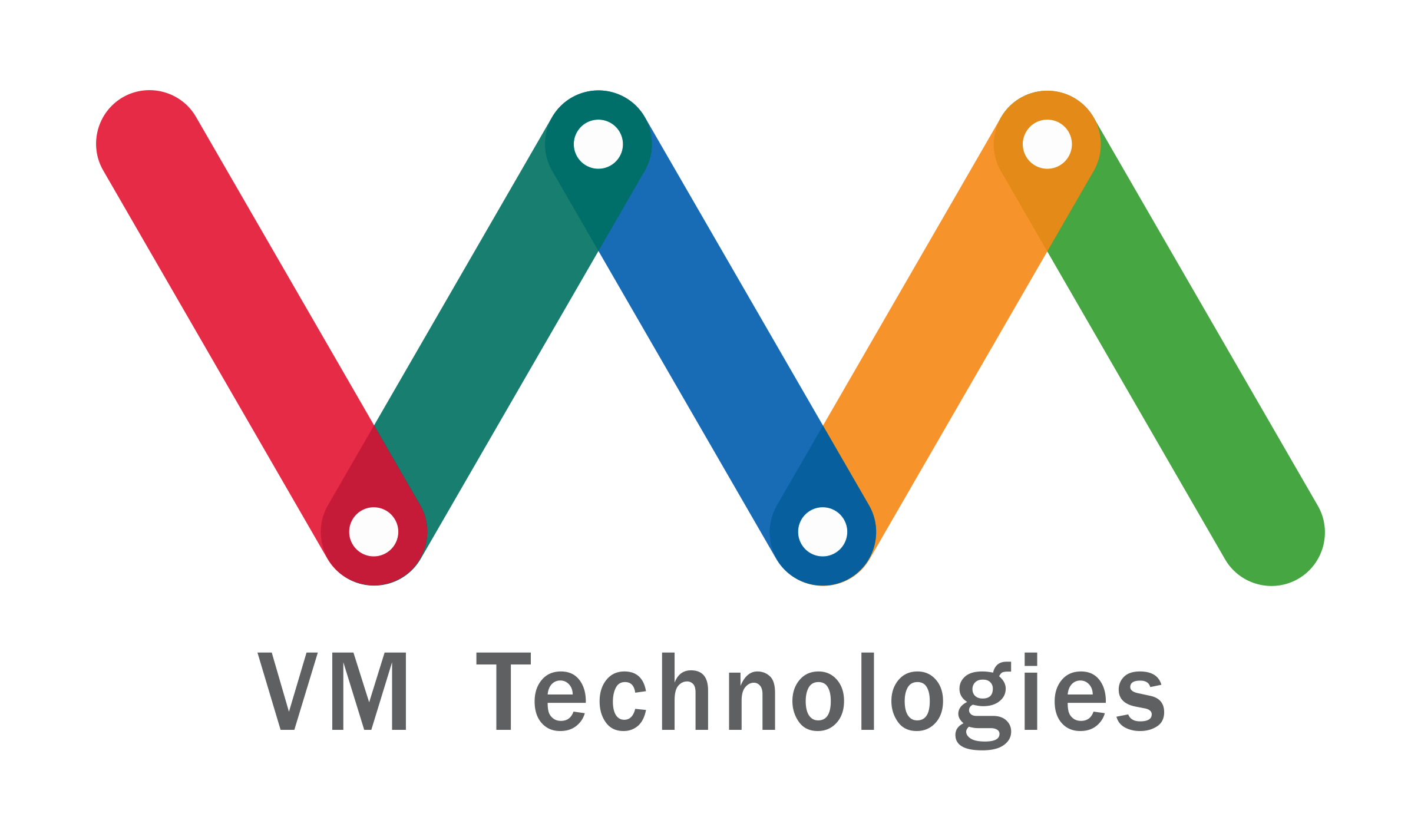Learning by doing - how does efficient learning work?
Learning is chemistry. How can we use the brain's mechanisms in a targeted and efficient way? "I learn best by watching others learn." Or "I learn best while I'm doing it." "Practice makes perfect." We've heard many of these sayings a hundred times. Should we believe them - and how does efficient learning really work?
Learning is chemistry
Online tutorials have never been as popular as they are today. While classic books and trips to the library used to be the norm, videos and interactive programs now set the tone. This is not just due to the newfound technical possibilities or the "hype" surrounding the new media. In fact, people learn best when they can link content with various sensory impressions or emotions. Researchers now go so far as to say, "If you only read, you don't learn." Of course, this statement is somewhat exaggerated. Nevertheless, it is not entirely false: only 10 to 30 percent of the learning content can be retained by simply reading. Perceiving and experiencing through different channels is therefore particularly important.
Sustainable learning with cfd trading steps is therefore always a sensory experience that is as varied as possible. The brain naturally likes it when something is new - the reason for human curiosity. The brain always strives to complete things, to experience and process new things. Thus, the ability to read half-cut lines or to suddenly decipher writing from combinations of numbers also stems from this characteristic.
Pauses as a key factor
In addition to the combination of different types of perception, short pauses, as sensory segments for the separation of content, are important. It has been proven that the brain remembers the beginning and end of a learning unit best.
Learning also depends on age. The older the person, the more solidified already learned structures become. On the one hand, this is good because everyday things and thought processes are easier. At the same time, however, this makes it more difficult to learn new things. Although learning is demonstrably more protracted with increasing age, lifelong learning is important. Lifelong learning keeps the brain fit and active, sharpening memory, for example - and ultimately helping to stay up to date.
Tip:
Steady repetition is better than intensive continuous sessions of more than 6 hours a day. A constant 20-30 minutes per day is already good for language learning. This is not very suitable for exam phases, but breaks should still be implemented. After 45-90 minutes at the latest, a break of about 30 minutes is recommended. The number and duration of breaks also depends on the type of learning content. In the case of memorization, for example, the intervals should be shorter. By setting many starting and ending points, the brain can process and store the content better. A "power nap," a short nap of about 20 to 30 minutes at the most, can also help to remember things better. Sleep should not be ignored in all this learning: It is considered one of the most important factors for learning success. During sleep, the experiences of the day are processed and stored - or erased.
Conclusion:
Learning is a chemical process that can be controlled in a targeted manner
The proven proverbs and statements on the subject of learning are confirmed when we look at the neurological processes that take place during learning
Breaks should be an integral part of the learning process.
-
- JPMorgan is getting closer to putting the pandemic behind it, its earnings show
- Frame swimming pools - indispensable in the cottage in hot summer days
- Characteristics of automotive weights
- Jim Cramer - an impressive career
- Tips for the passage of the game Need for Speed Carbon. Passage of the game # 019

Inexpensive to purchase, inexpensive to operate: the SOLID F40 is the most economical printer in its class. As a continuous laser printer for
medium printing volumes it covers a very broad spectrum of deployment areas. The powerful Microplex Controller guarantees connection versatility,
easy system integration and high printing performance. Cold fusing via Xenon flash lamps also enables thermally sensitive materials
such as plastic or PVC to be used. And fusing is also trouble-free even on thick materials.
-
Most economical cold fusing printer on the market
-
Prints on paper, PVC, plastic, etc.
-
USB, Ethernet (10/100 Mbit) as standard
-
Laser and matrix printer compatible
-
SAP with the standard PCL5e emulation
-
Perfect control via Status Out
-
Optional IPDS emulation making it the printer of choice for IBM solutions




